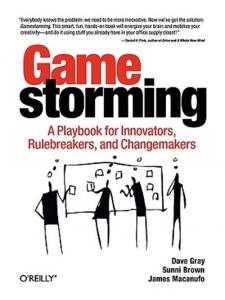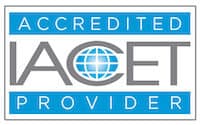Susan Riley | April 2013
Gamestorming Student Thinking (plus a great giveaway!)
 This giveaway is now CLOSED. Congratulations to Kira Campo on winning this fantastic book and thanks to all who contributed! This whole week we've been focusing on how to make thinking more visible in your classroom and the unique challenges that goal presents. Today, we hope to provide you with an invaluable tool to help you with this sometimes "fuzzy" process. I provide by many accounts a fair amount of professional development throughout the year to teachers and leaders on a variety of topics. I also happen to spend a lot of time in an office where everyone around me is doing the same thing.
This giveaway is now CLOSED. Congratulations to Kira Campo on winning this fantastic book and thanks to all who contributed! This whole week we've been focusing on how to make thinking more visible in your classroom and the unique challenges that goal presents. Today, we hope to provide you with an invaluable tool to help you with this sometimes "fuzzy" process. I provide by many accounts a fair amount of professional development throughout the year to teachers and leaders on a variety of topics. I also happen to spend a lot of time in an office where everyone around me is doing the same thing.
When people around me get stuck on ways to help their teachers to truly break apart their thinking, today's resource is the book I turn to every time: GameStorming. I have only 3 books that I keep around to help me with leading and learning and if I had to only have one, this is the book I would hold onto for dear life. The best part about this book is that not only does it work beautifully for professional development, it also translates authentically into teaching in the classroom. By Gamestorming student thinking, we are fostering an engaging and innovative environment where our children can break the bonds of conformity and begin to get truly creative.
GameStorming operates under the premise that games are an essential way that we all learn. Written by Dave Gray, Sunni Brown and James Mancanufo, this book not only explains the process behind creating games for learning, but also provides a wealth of pre-designed games that you can use to help your learners to dig deeply into their own thinking processes to discover the solutions that happen when brain-power is collectively shared and interpreted.
[ted id=1230]
Right from the beginning, the authors outline the process by which a game and its world evolve: imagine the world, create the world, open the world, explore the world, close the world. If we extrapolate that into the learning process of our students, we can see some very distinct parallels for problem-solving and critical thinking: imagine possible solutions, create the solution, open the solution for critique, explore the solution and close the solution. This fits so well into STEM and STEAM lessons and units and truly clarifies the thinking process.
The authors provide such clarity into how to use games to brainstorm innovative solutions and analysis that you suddenly begin to see your own thinking in a way you couldn't before when it was in your own head. The games that they outline for the reader are broken down by type and suggested outcomes. Take a look at what some of these look like:
I have used each of these with success every time because I have a clear purpose and find the right gamestorming strategy to work towards my outcome. For students, I love using the 4 C's example above: Components, Characteristics, Challenges, and Characters to break down a story or a drama and find out where we need to spend time with investigation and analysis. This layers very well with the artful thinking strategies of "puzzle, think, explore" and "see, think, wonder" and can have some powerful results when used with a musical piece or a masterwork of art.
I also use the 4 quadrants of Know/Don't Know, Don't Know/Know, Know/Know and Don't Know/Don't Know as a way to pre-assess students on an upcoming topic and then to give a post-assess after I close the unit to measure student growth. While some of those quadrants may change in what students know after a unit, sometimes it's even better to see what they still don't know: by the end, they may still have questions but they are usually much more developed and deeper in scope.
For adults, I have found the $100 Test an enlightening exercise when we are about 3/4 of the way through a professional development session. Essentially, if you are given $100 to spend on a professional development on your chosen topic, how much money would you spend on each piece/topic covered in the PD for that day. What I think people will put a lot of money toward (strategies, lessons) is usually not what happens. Many times, people will put the bulk of their money towards the underpinnings of the PD itself. This also is great for stimulating conversations about how to move a staff forward in a controversial topic or upcoming initiative (like SLO's, Common Core, etc).
Great Giveaway!
We are so fortunate today to be able to offer ONE FREE COPY of the book Gamestorming,courtesy of the fantastic author, Sunni Brown, to a lucky winner drawn at random on Tuesday, April 30th. She has been so kind to provide this opportunity to our readers and we are excited to share it with you. To enter, simply type a comment below, tweet (using the handle @susanrileyphoto) or comment on our facebook page (http://facebook.com/educationcloset) one game you like to play with your students/staff. We'll announce the winner here on Wednesday, April 30th. Thanks and good luck!



